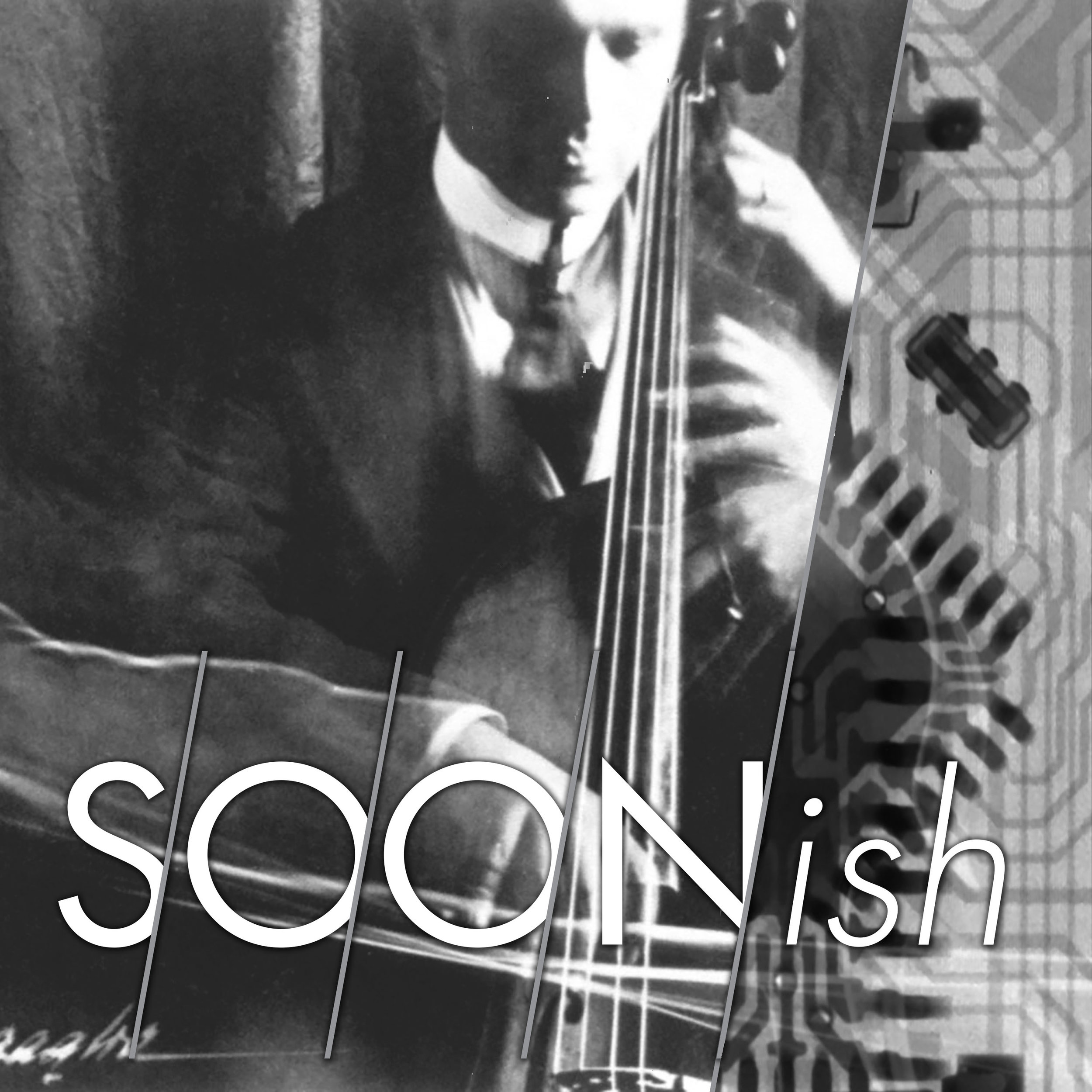2.04 | 11.08.17
You're in for a treat, Soonish listeners, because Tamar Avishai had you in the back of her mind when she made the podcast episode we're sharing this week. It's all about Futurism, the art movement born in Italy just before World War I. The Futurists explicitly aimed to use painting, sculpture, and photography to represent speed, power, industry—and all of the exhilarating ways technology was changing the world in the early twentieth century. (What they couldn't represent, because it hadn't happened yet, was the ruin and destruction technology would bring to the cities and plains of Europe as soon as the war began.)
In each episode of her show, The Lonely Palette, Tamar chooses a single work of art as the gateway object for a discussion of a moment or movement in art history. Then she interviews museum-goers in front of the object itself, and uses their reactions as the jumping-off point for an audio essay about the art, the artists, and what they thought they were doing.
This time the object is "Unique Forms of Continuity in Space," a 44-inch-high bronze sculpture at the Museum of Modern Art in New York. It was made in 1913 by Umberto Boccioni, a Calabrian painter and sculptor who worked in Milan and was a principle figure in the Futurist movement. It shows a striding humanoid figure with outer surfaces that flare like the ailerons of a plane. (One of Tamar's interviewees calls it "an Amish Transformer," which I love.)
What did the Futurists think they were doing? A lot. Tamar quotes from their overwrought, misogynistic, but energetic manifesto, written by Boccioni's poet friend F. T. Marinetti, which included these lines:
We will sing of the vibrant nightly fervor of arsenals and shipyards blazing with violent electric moons; greedy railway stations that devour smoke-plumed serpents; factories hung on clouds by the crooked lines of their smoke; bridges that stride the rivers like giant gymnasts, flashing in the sun with a glitter of knives; adventurous steamers that sniff the horizon; deep-chested locomotives whose wheels paw the tracks like the hooves of enormous steel horses bridled by tubing; and the sleek flight of planes whose propellers chatter in the wind like banners and seem to cheer like an enthusiastic crowd.
The manifesto appeared in Le Figaro in Paris in 1909. Just a decade later, the bridges would be in ruins, the steamers would be at the bottom of the Mediterranean, the planes would be in bullet-riddled pieces, and many of the Futurists themselves would be dead. And after the war, artists' enthusiasm for technology would ripen into a cautious ambivalence. (Think of Fritz Lang's 1927 Metropolis, about an uprising of oppressed workers living in the bowels of a glorious Manhattan-style city, or Diego Rivera's Detroit Industry Murals from 1933.)
But art, architecture, and industrial design would continue to be central tools for imagining and celebrating the future. Even now, our notion of what the future should look like is informed by Art Deco—the colorful, streamlined style that emerged in the mid-1920s as a descendant of Cubism, Fauvism, and the work of Boccioni and his diesel-fueled fraternity. In a way, those crazy Futurists invented the future.
That's why I think Soonish listeners will especially like this episode of The Lonely Palette. But I'm pretty sure you'll also fall in love with Tamar's sparkling writing and compelling narrative voice. So why not just go ahead and subscribe (on Apple Podcasts, RadioPublic, Google Play, or Stitcher)? Also, listen to the end of this episode for a special chat with Tamar about how and why she started The Lonely Palette. (For Tamar's superfans, and I'm one of them, the full tape of that interview is here.)
You can check out all of the Hub & Spoke shows here. Thanks for tuning in. I'm working on a bunch of new, regular episodes, so stay with us.
Join our list for regular news and updates about Soonish, including episode reminders, cool features, and links to bonus content.
A big thank you to everyone who has signed up to support Soonish on Patreon. If you’d like to help keep the show going, please visit patreon.com/soonish, check out the rewards, and pledge what you can.
Playlist
Soonish theme by Graham Gordon Ramsay
Additional music by Javier Suarez, aka Jahzaar, betterwithmusic.com:
Solitude from the album HiFi City Tales
Octopus from the album Sunlight
Two Days from the album Newborn
Our Sponsor
Support for the first two seasons of Soonish was from Kent Rasmussen Winery. Since 1986, Rasmussen has been famous for their purely poetic Pinot Noir, grown in the cool mists of the Carneros region of Napa Valley. And under the companion Ramsay label they offer superior-quality North Coast Pinot Noir, Merlot, Petite Sirah, Cabernet Sauvignon, and Chardonnay at a wonderful price. Ask for Rasmussen and Ramsay wines at fine restaurants and stores in 29 states. For more information, visit kentrasmussenwinery.com.




